********** FOOD **********
return to top
5 lentil soup recipes to warm you up and fill your belly
Sat, 18 Jan 2025 15:00:48 +0000
Put climate-friendly, nutritious lentils to delicious use in these hearty soup recipes.
Match ID: 0 Score: 50.00 source: www.washingtonpost.com age: 1 day
qualifiers: 30.00 food, 20.00 recipes
The 13 Best Meal Kit Delivery Services (2025) Tested and Reviewed
Thu, 16 Jan 2025 12:32:00 +0000
From Blue Apron to Dinnerly, I've spent years cooking with boxed ingredients shipped to my door.
Match ID: 1 Score: 42.86 source: www.wired.com age: 3 days
qualifiers: 25.71 food, 17.14 recipes
Rachel Roddy’s recipe for apple, pear and persimmon crumble | A kitchen in Rome
Mon, 20 Jan 2025 11:00:08 GMT
It’s crumble time, and in Rome that also means super-juicy persimmons join the usual suspects in this classic winter pud
Every couple of weeks, I catch the number 8 bus (standing in, yet again, for the number 8 tram) to meet my friend Alice and go to a market in Monteverde. Slower than the tram, the bus isn’t a bad ride, curving up the ring road lined with 20th-century apartment blocks in edible colours: lemon, toffee, olive, custard, salmon, milk chocolate, cream, Smurf ice-cream blue … Conveniently, the bus stops right next to the market, which is known by the name of the square it fills: San Giovanni di Dio. There are big plans to redesign it completely, but for now this busy market remains a Tetris-like arrangement of iron boxes – a scheme rolled out in the late 1950s as part of Rome’s preparation for the 1960 Olympics, in which previously open markets were tidied up and vendors allocated boxes with rolling shutters that provided both storage and a stall.
There must be 75 stalls of all sorts, but those run by smaller producers who sell their fruit and vegetables are particularly good. Especially at this time of year, when, like markets all over the northern hemisphere, they are piled with good-value greens and cabbages (and their miniature sprout cousins), celeriac, chicory, celery, beetroot and broccoli, squashes, mushrooms, chestnuts, apples, pears and glowing persimmons, which in Italy (the fourth largest producer after China, Japan and Brazil) take the Japanese name kaki (柿).
Continue reading...This week: feel-good January fixes, interior designer-approved bed linen and Grace Dent on the best extra-chocolatey biscuits
What do the words “self-care” mean to you? A long scented soak in the bath? A winter run with a podcast as the sun sets? Box-fresh bed linen? It could even be all of the above, in one evening.
Whatever your poison, there’s no denying a little self-care is needed at this time of year. We try to avoid jumping on bandwagons here at the Filter (particularly “Blue Monday”), but there’s little doubt that the short days, cold weather, empty bank accounts and current world events can drag you down.
The beauty products and gadgets Sali Hughes tried, tested and loved last year
The best heated clothes airers to save time and money when drying your laundry, tested
Continue reading...Food quells anxieties, but is a short-term fix that leads to excess weight. Finding other ways to relieve stress is preferable
This wellbeing myth is almost true, says Dr Caroline Apovian, director of the Nutrition and Weight Management Center at Boston University Medical Centre. “Stress can lead to weight gain,” she says, “but it’s not that stress itself, by any metabolic reason, causes weight gain.” Rather, the correlation is that people often turn to overeating as a reaction to stress.
When our body feels it’s in danger, hormones are secreted, one of which is cortisol. Cortisol increases our heart rate, making us feel hyped up and anxious, motivating us to engage in reward-driven behaviour. It’s what would once have given the boost needed to run away from a woolly mammoth attack, but it’s less useful at helping us deal with modern, nonphysical stressors, such as looming deadlines. That’s where food comes in.
Continue reading...String jellyfish species that has killed millions of salmon in Norwegian sea farms reported in Scotland
A jellyfish species that has been wreaking havoc on Norway’s salmon industry has made its way to Scotland, causing significant damage and prompting calls for urgent action.
The string jellyfish has killed millions of salmon in Norwegian sea farms with officials urging an extermination of affected stocks.
Continue reading...Under a settlement with Ohio’s attorney general, GOP operative Pat Lee can never fundraise for charity in the state again.
The post Trump Inauguration Official’s “Phony Charity” Allegedly Pocketed East Palestine Train Disaster Funds appeared first on The Intercept.
The global south needs a fairer deal than this one, in which it funds the lifestyle and wealth of the global north
The World Bank calculated last month that the rich world earned more than $1.4tn (£1.15tn) in loan repayments from the developing world in 2023, with the sums likely to top $2tn a year by 2030. Rich countries have in effect become the world’s bankers, squeezing debtors in the global south. Poorer nations are forced to borrow in rich-world currencies to pay for their energy and food, while their exports consist mainly of low-value goods compared with their imports.
Colonial patterns of extraction plainly did not disappear with the withdrawal of troops, flags and bureaucrats. Whether a debt crisis in the developing world occurs depends on decisions beyond its control. The risk increases if US interest rates rise and if poor nations’ exports – often priced by commodity speculators or wealthy-world buyers – fail to generate enough dollar reserves to stabilise their exchange rates.
Continue reading...Shipments fell nearly 10% last year with French firms blaming economic and political anxiety, and cheaper drinks
Changing habits and the gloomy state of the world are taking the fizz out of French champagne sales, the producers’ association has said, with shipments down nearly 10% last year.
Consumers in crucial markets such as the US and home country France cut down on the luxury beverage, as economic and political anxiety dampened the party mood.
Continue reading...I was separated from my mom at age 10. Donald Trump's reelection has reignited my family's fears.
The post Why My Memories of Being Taken From My Mom at the Border Came Flooding Back appeared first on The Intercept.
The host of our Comfort Eating podcast tastes and rates thick chocolate biscuits from UK supermarkets
• Who makes the best crunchy peanut butter?
I am a complete sucker for a chocolate biscuit, one of the most exciting things about a 1980s childhood. Before structured playdates, Roblox and MrBeast videos, our thrills came in a biscuit tin full of Penguins, Clubs and Breakaways. The more chocolatey the chocolate, the better. Bliss.
In recent years, the rise of the posh, extra-chocolatey biscuit has delighted me. An ideal fancy biscuit should feel heavy in the hand, need a good bite to break through the chocolatey shell, it should withstand at least three good dunks in tea, and it should come in a packet with at least one breathlessly outlandish claim along the lines of “most chocolatey yet” or “thickest coating ever”. You should feel instantly joyful when you’re eating the first one. After the third, ideally, you should feel a bit sick.
Continue reading...Why are your favourite products getting smaller but costing the same? From toilet paper rolls to snacks, shrinkflation is the sneaky tactic is affecting many things we buy.
In this video, Neelam Tailor looks into how companies hide shrinkflation and what you can do about it.
After a holiday season where festive treats like Cadbury’s Christmas selection boxes shrank while prices stayed the same, shrinkflation continues to impact shoppers in 2025. Start the year informed and learn how to spot these subtle changes to protect your budget.
Continue reading...A year in Palestine, living in fear of not just genocide — but AIDS.
The post Queer, HIV-Positive, and Running Out of Medication in Gaza appeared first on The Intercept.
A weekly email from Yotam Ottolenghi, Meera Sodha, Felicity Cloake and Rachel Roddy, featuring the latest recipes and seasonal eating ideas
Each week we’ll send you an exclusive newsletter from our star food writers. We’ll also send you the latest recipes from Yotam Ottolenghi, Nigel Slater, Meera Sodha and all our star cooks, stand-out food features and seasonal eating inspiration, plus restaurant reviews from Grace Dent and Jay Rayner.
Sign up below to start receiving the best of our culinary journalism in one mouth-watering weekly email.
Continue reading...Style, with substance: what’s really trending this week, a roundup of the best fashion journalism and your wardrobe dilemmas solved, direct to your inbox every Thursday
Style, with substance: what’s really trending this week, a roundup of the best fashion journalism and your wardrobe dilemmas solved, delivered straight to your inbox every Thursday
Explore all our newsletters: whether you love film, football, fashion or food, we’ve got something for you
Continue reading...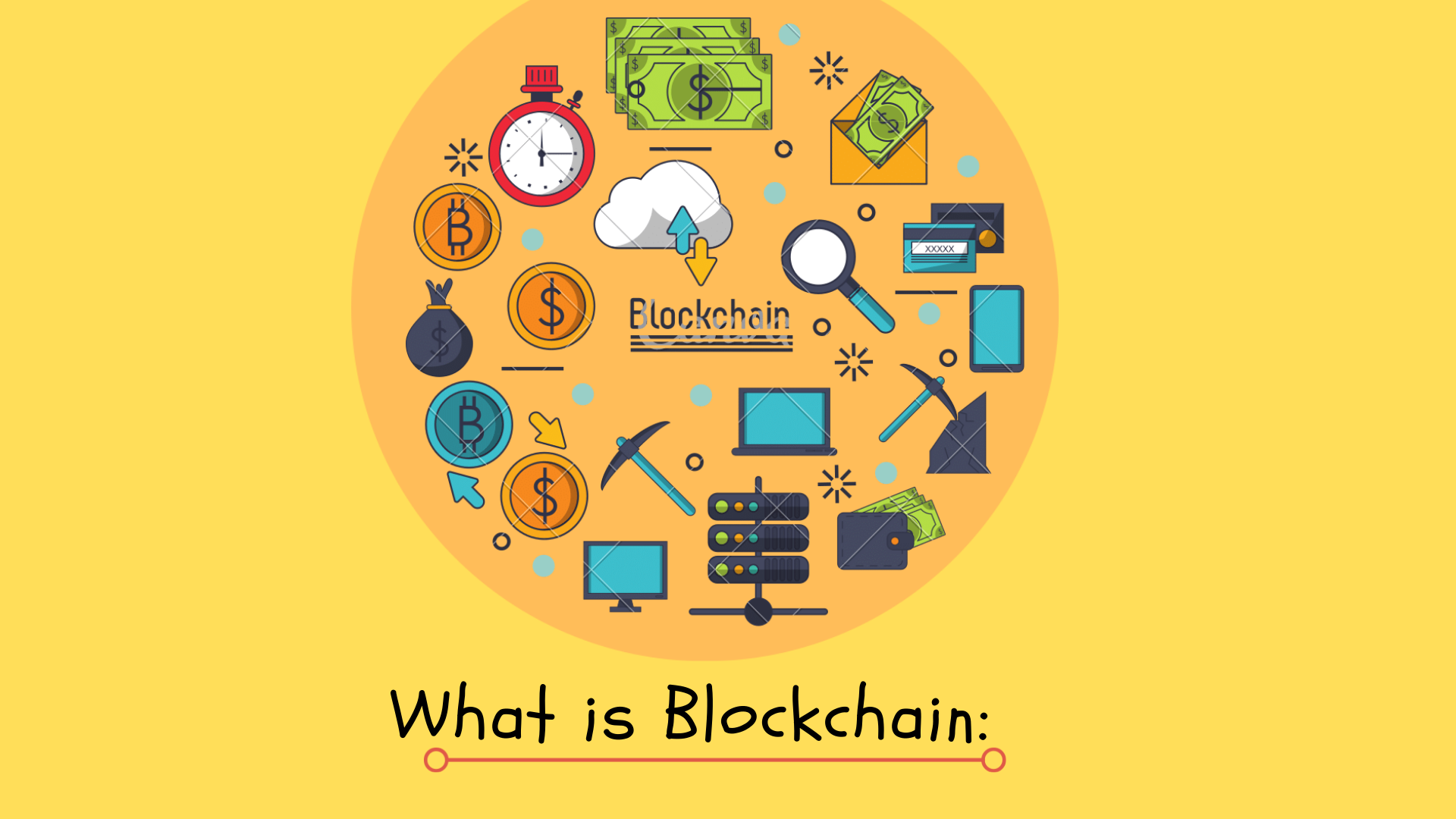 |
Imagine a world in which you can do transactions and many other things without having to give your personal information. A world in which you don’t need to rely on banks or governments anymore. Sounds amazing, right? That’s exactly what blockchain technology allows us to do.
It’s like your computer’s hard drive. blockchain is a technology that lets you store data in digital blocks, which are connected together like links in a chain.
Blockchain technology was originally invented in 1991 by two mathematicians, Stuart Haber and W. Scot Stornetta. They first proposed the system to ensure that timestamps could not be tampered with.
A few years later, in 1998, software developer Nick Szabo proposed using a similar kind of technology to secure a digital payments system he called “Bit Gold.” However, this innovation was not adopted until Satoshi Nakamoto claimed to have invented the first Blockchain and Bitcoin.
A blockchain is a distributed database shared between the nodes of a computer network. It saves information in digital format. Many people first heard of blockchain technology when they started to look up information about bitcoin.
Blockchain is used in cryptocurrency systems to ensure secure, decentralized records of transactions.
Blockchain allowed people to guarantee the fidelity and security of a record of data without the need for a third party to ensure accuracy.
To understand how a blockchain works, Consider these basic steps:
Let’s get to know more about the blockchain.
Blockchain records digital information and distributes it across the network without changing it. The information is distributed among many users and stored in an immutable, permanent ledger that can't be changed or destroyed. That's why blockchain is also called "Distributed Ledger Technology" or DLT.
Here’s how it works:
And that’s the beauty of it! The process may seem complicated, but it’s done in minutes with modern technology. And because technology is advancing rapidly, I expect things to move even more quickly than ever.
Even though blockchain is integral to cryptocurrency, it has other applications. For example, blockchain can be used for storing reliable data about transactions. Many people confuse blockchain with cryptocurrencies like bitcoin and ethereum.
Blockchain already being adopted by some big-name companies, such as Walmart, AIG, Siemens, Pfizer, and Unilever. For example, IBM's Food Trust uses blockchain to track food's journey before reaching its final destination.
Although some of you may consider this practice excessive, food suppliers and manufacturers adhere to the policy of tracing their products because bacteria such as E. coli and Salmonella have been found in packaged foods. In addition, there have been isolated cases where dangerous allergens such as peanuts have accidentally been introduced into certain products.
Tracing and identifying the sources of an outbreak is a challenging task that can take months or years. Thanks to the Blockchain, however, companies now know exactly where their food has been—so they can trace its location and prevent future outbreaks.
Blockchain technology allows systems to react much faster in the event of a hazard. It also has many other uses in the modern world.
Blockchain technology is safe, even if it’s public. People can access the technology using an internet connection.
Have you ever been in a situation where you had all your data stored at one place and that one secure place got compromised? Wouldn't it be great if there was a way to prevent your data from leaking out even when the security of your storage systems is compromised?
Blockchain technology provides a way of avoiding this situation by using multiple computers at different locations to store information about transactions. If one computer experiences problems with a transaction, it will not affect the other nodes.
Instead, other nodes will use the correct information to cross-reference your incorrect node. This is called “Decentralization,” meaning all the information is stored in multiple places.
Blockchain guarantees your data's authenticity—not just its accuracy, but also its irreversibility. It can also be used to store data that are difficult to register, like legal contracts, state identifications, or a company's product inventory.
Blockchain has many advantages and disadvantages.
I’ll answer the most frequently asked questions about blockchain in this section.
Blockchain is not a cryptocurrency but a technology that makes cryptocurrencies possible. It's a digital ledger that records every transaction seamlessly.
Yes, blockchain can be theoretically hacked, but it is a complicated task to be achieved. A network of users constantly reviews it, which makes hacking the blockchain difficult.
Coinbase Global is currently the biggest blockchain company in the world. The company runs a commendable infrastructure, services, and technology for the digital currency economy.
Blockchain is a decentralized technology. It’s a chain of distributed ledgers connected with nodes. Each node can be any electronic device. Thus, one owns blockhain.
Bitcoin is a cryptocurrency, which is powered by Blockchain technology while Blockchain is a distributed ledger of cryptocurrency
Generally a database is a collection of data which can be stored and organized using a database management system. The people who have access to the database can view or edit the information stored there. The client-server network architecture is used to implement databases. whereas a blockchain is a growing list of records, called blocks, stored in a distributed system. Each block contains a cryptographic hash of the previous block, timestamp and transaction information. Modification of data is not allowed due to the design of the blockchain. The technology allows decentralized control and eliminates risks of data modification by other parties.
Blockchain has a wide spectrum of applications and, over the next 5-10 years, we will likely see it being integrated into all sorts of industries. From finance to healthcare, blockchain could revolutionize the way we store and share data. Although there is some hesitation to adopt blockchain systems right now, that won't be the case in 2022-2023 (and even less so in 2026). Once people become more comfortable with the technology and understand how it can work for them, owners, CEOs and entrepreneurs alike will be quick to leverage blockchain technology for their own gain. Hope you like this article if you have any question let me know in the comments section
FOLLOW US ON TWITTER
Buy a bargain panettone and a month’s supply of chocolates – and consider developing a historical ailment such as bilious humour. It will all be over soon
I don’t want to alarm anyone on this, the 95th day of January, but I have just realised that there are still almost two weeks before February starts. I don’t know about you, but the January 2025 time loop has broken me: my blood has become toxic ectoplasm and my bones are jelly worms. I don’t so much live the 43 minutes of daylight we get in North Yorkshire as sullenly, listlessly exist through them. This morning, putting on leggings to go to the gym defeated me, so I just lay on the bathroom floor instead.
This is not our first January rodeo – we have survived before; we will survive again. Last year, some idiot even tried to claim January was “sort of great” (yes, that idiot was me). But the coping strategies I have found online all seem rather worthy, rather preachy, rather “hello birds, hello sky”. So to expiate for last year’s idiocy, I have devised some better survival tips, none of which involve “spending time in nature”, “gentle stretching” or “nourishing soup”.
Continue reading...One in six Welsh species threatened with extinction but report says Welsh government lacks ‘action and investment’
The Welsh government is failing to halt the “alarming” decline in nature, putting iconic species at risk, a report has concluded.
Labour ministers were accused of overseeing “delays, undelivered commitments and missed deadlines” by the Senedd’s cross-party climate change, environment and infrastructure committee.
Continue reading...Mexican officials ordered facility to shut down after report on very high levels of pollutants in surrounding neighborhood
Authorities ordered the shutdown of a Mexican recycling plant that processes hazardous waste exported from the US, after an investigation by the Guardian and Quinto Elemento Lab that revealed heavy metals contamination in nearby homes and schools.
The federal agency described the closure as “temporary”, and said it would conduct an inspection lasting several days that would verify the factory’s compliance with environmental regulations. Days earlier, a state government agency said it had identified problems with the plant’s emissions control equipment.
Continue reading...More sightings may be a positive sign for growing population but also indicative of effect of climate change
The slap of an enormous tail upon grey waters as a humpback whale leaps from the sea is becoming an increasingly possible – although still rare – natural thrill around Britain.
The 30-tonne, 15 metre-long migratory giants are being spotted in growing numbers and locations this winter from Kent to the Isles of Scilly.
Continue reading...SEMrush and Ahrefs are among
the most popular tools in the SEO industry. Both companies have been in
business for years and have thousands of customers per month.
If you're a professional SEO or trying to do digital
marketing on your own, at some point you'll likely consider using a tool to
help with your efforts. Ahrefs and SEMrush are two names that will likely
appear on your shortlist.
In this guide, I'm going to help you learn more about these SEO tools and how to choose the one that's best for your purposes.
What is SEMrush?
SEMrush is a popular SEO tool with a wide range of
features—it's the leading competitor research service for online marketers.
SEMrush's SEO Keyword Magic tool offers over 20 billion Google-approved
keywords, which are constantly updated and it's the largest keyword database.
The program was developed in 2007 as SeoQuake is a
small Firefox extension
Features
Ahrefs is a leading SEO platform that offers a set of
tools to grow your search traffic, research your competitors, and monitor your
niche. The company was founded in 2010, and it has become a popular choice
among SEO tools. Ahrefs has a keyword index of over 10.3 billion keywords and
offers accurate and extensive backlink data updated every 15-30 minutes and it
is the world's most extensive backlink index database.
Features
Direct Comparisons: Ahrefs vs SEMrush
Now that you know a little more about each tool, let's
take a look at how they compare. I'll analyze each tool to see how they differ
in interfaces, keyword research resources, rank tracking, and competitor
analysis.
User Interface
Ahrefs and SEMrush both offer comprehensive information
and quick metrics regarding your website's SEO performance. However, Ahrefs
takes a bit more of a hands-on approach to getting your account fully set up,
whereas SEMrush's simpler dashboard can give you access to the data you need
quickly.
In this section, we provide a brief overview of the elements
found on each dashboard and highlight the ease with which you can complete
tasks.
AHREFS
The Ahrefs dashboard is less cluttered than that of
SEMrush, and its primary menu is at the very top of the page, with a search bar
designed only for entering URLs.
Additional features of the Ahrefs platform include:
SEMRUSH
When you log into the SEMrush Tool, you will find four
main modules. These include information about your domains, organic keyword
analysis, ad keyword, and site traffic.
You'll also find some other options like
Both Ahrefs and SEMrush have user-friendly dashboards,
but Ahrefs is less cluttered and easier to navigate. On the other hand, SEMrush
offers dozens of extra tools, including access to customer support resources.
When deciding on which dashboard to use, consider what
you value in the user interface, and test out both.
If you're looking to track your website's search engine
ranking, rank tracking features can help. You can also use them to monitor your
competitors.
Let's take a look at Ahrefs vs. SEMrush to see which
tool does a better job.
The Ahrefs Rank Tracker is simpler to use. Just type in
the domain name and keywords you want to analyze, and it spits out a report
showing you the search engine results page (SERP) ranking for each keyword you
enter.
Rank Tracker looks at the ranking performance of
keywords and compares them with the top rankings for those keywords. Ahrefs
also offers:
You'll see metrics that help you understand your
visibility, traffic, average position, and keyword difficulty.
It gives you an idea of whether a keyword would be
profitable to target or not.
SEMRush offers a tool called Position Tracking. This
tool is a project tool—you must set it up as a new project. Below are a few of
the most popular features of the SEMrush Position Tracking tool:
All subscribers are given regular data updates and
mobile search rankings upon subscribing
The platform provides opportunities to track several
SERP features, including Local tracking.
Intuitive reports allow you to track statistics for the
pages on your website, as well as the keywords used in those pages.
Identify pages that may be competing with each other
using the Cannibalization report.
Ahrefs is a more user-friendly option. It takes seconds
to enter a domain name and keywords. From there, you can quickly decide whether
to proceed with that keyword or figure out how to rank better for other
keywords.
SEMrush allows you to check your mobile rankings and
ranking updates daily, which is something Ahrefs does not offer. SEMrush also
offers social media rankings, a tool you won't find within the Ahrefs platform.
Both are good which one do you like let me know in the comment.
Keyword research is closely related to rank tracking,
but it's used for deciding which keywords you plan on using for future content
rather than those you use now.
When it comes to SEO, keyword research is the most
important thing to consider when comparing the two platforms.
The Ahrefs Keyword Explorer provides you with thousands
of keyword ideas and filters search results based on the chosen search engine.
Ahrefs supports several features, including:
SEMrush's Keyword Magic Tool has over 20 billion
keywords for Google. You can type in any keyword you want, and a list of
suggested keywords will appear.
The Keyword Magic Tool also lets you to:
Both of these tools offer keyword research features and
allow users to break down complicated tasks into something that can be
understood by beginners and advanced users alike.
If you're interested in keyword suggestions, SEMrush
appears to have more keyword suggestions than Ahrefs does. It also continues to
add new features, like the Keyword Gap tool and SERP Questions recommendations.
Both platforms offer competitor analysis tools,
eliminating the need to come up with keywords off the top of your head. Each
tool is useful for finding keywords that will be useful for your competition so
you know they will be valuable to you.
Ahrefs' domain comparison tool lets you compare up to five websites (your website and four competitors) side-by-side.it also shows you how your site is ranked against others with metrics such as backlinks, domain ratings, and more.
Use the Competing Domains section to see a list of your
most direct competitors, and explore how many keywords matches your competitors
have.
To find more information about your competitor, you can
look at the Site Explorer and Content Explorer tools and type in their URL
instead of yours.
SEMrush provides a variety of insights into your
competitors' marketing tactics. The platform enables you to research your
competitors effectively. It also offers several resources for competitor
analysis including:
Traffic Analytics helps you identify where your
audience comes from, how they engage with your site, what devices visitors use
to view your site, and how your audiences overlap with other websites.
SEMrush's Organic Research examines your website's
major competitors and shows their organic search rankings, keywords they are
ranking for, and even if they are ranking for any (SERP) features and more.
The Market Explorer search field allows you to type in
a domain and lists websites or articles similar to what you entered. Market
Explorer also allows users to perform in-depth data analytics on These
companies and markets.
SEMrush wins here because it has more tools dedicated to
competitor analysis than Ahrefs. However, Ahrefs offers a lot of functionality
in this area, too. It takes a combination of both tools to gain an advantage
over your competition.
When it comes to keyword data research, you will become
confused about which one to choose.
Consider choosing Ahrefs if you
Consider SEMrush if you:
Both tools are great. Choose the one which meets your
requirements and if you have any experience using either Ahrefs or SEMrush let
me know in the comment section which works well for you.
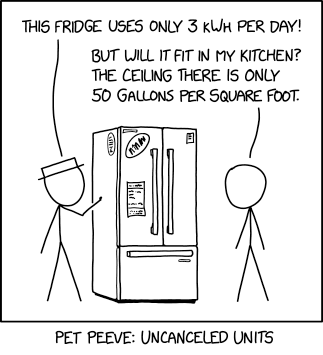
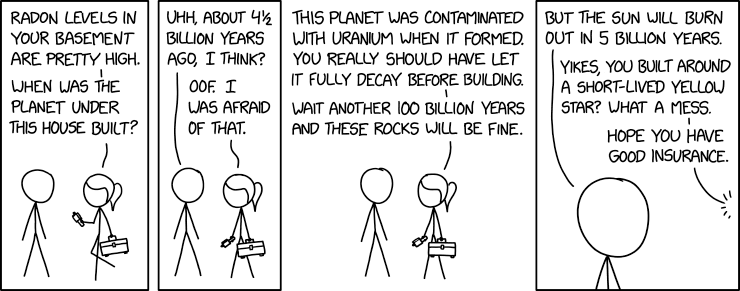
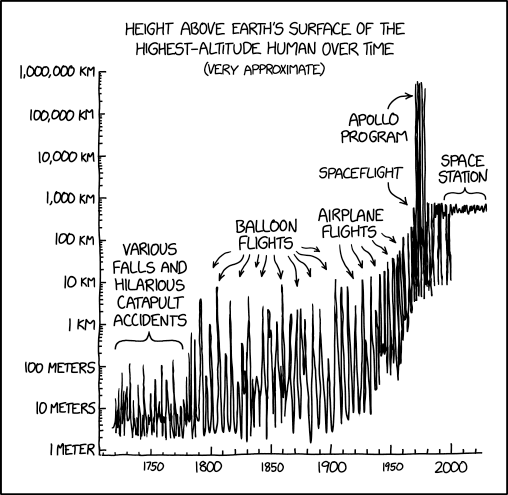
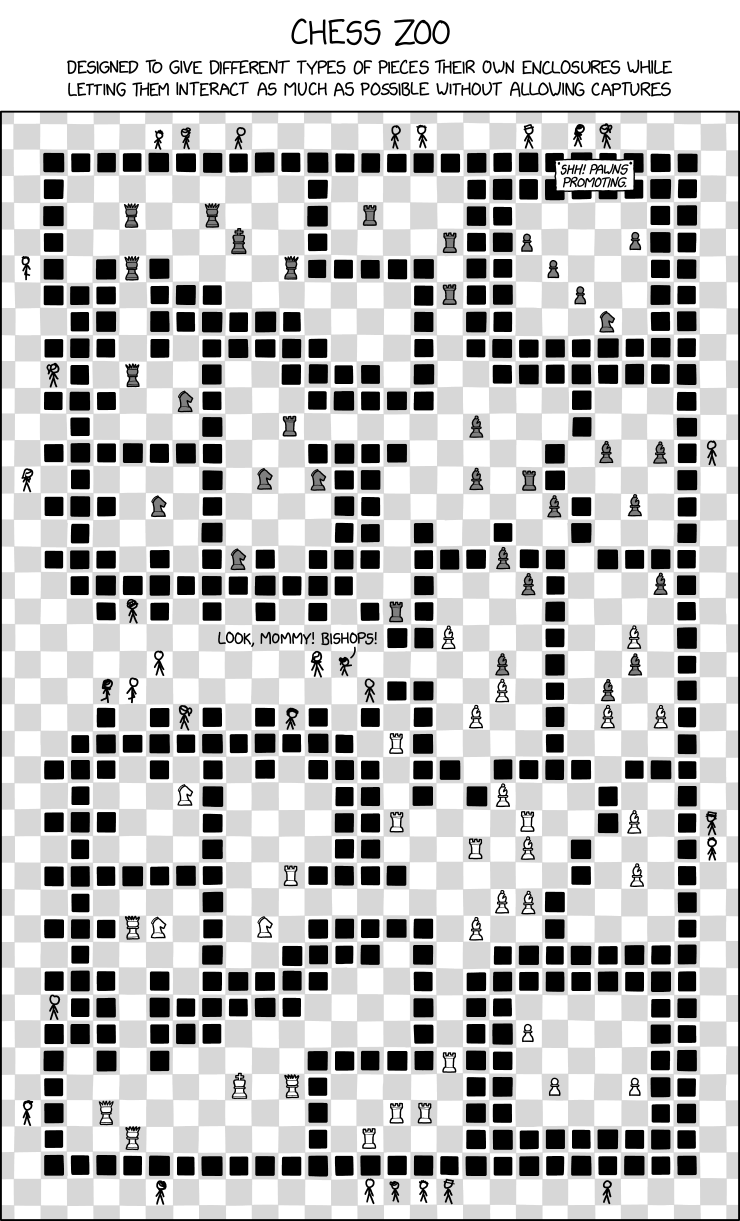
RSS Rabbit links users to publicly available RSS entries.
Vet every link before clicking! The creators accept no responsibility for the contents of these entries.
Relevant
Fresh
Convenient
Agile
We're not prepared to take user feedback yet. Check back soon!